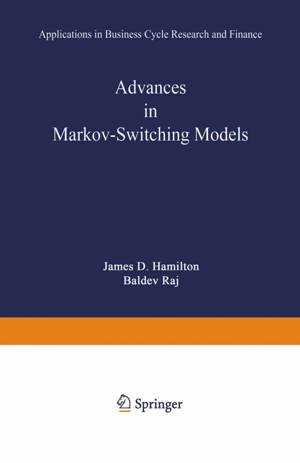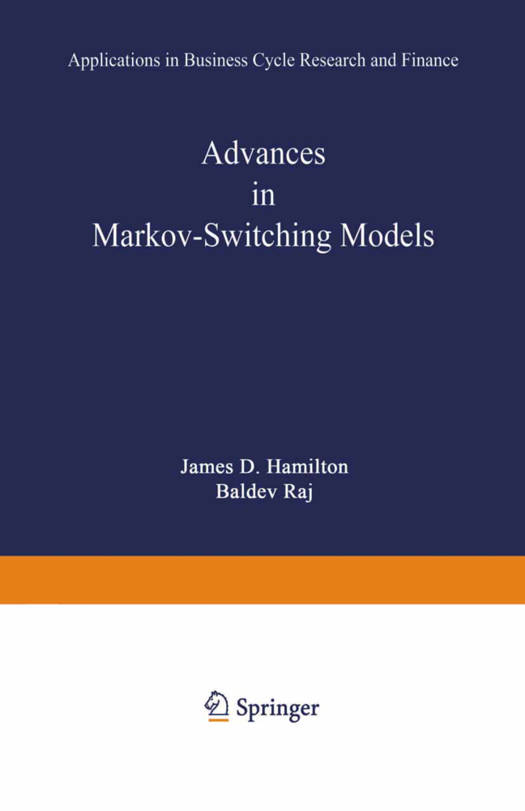
- Afhalen na 1 uur in een winkel met voorraad
- Gratis thuislevering in België vanaf € 30
- Ruim aanbod met 7 miljoen producten
- Afhalen na 1 uur in een winkel met voorraad
- Gratis thuislevering in België vanaf € 30
- Ruim aanbod met 7 miljoen producten
Zoeken
Advances in Markov-Switching Models
Applications in Business Cycle Research and Finance
€ 167,95
+ 335 punten
Omschrijving
This book is a collection of state-of-the-art papers on the properties of business cycles and financial analysis. The individual contributions cover new advances in Markov-switching models with applications to business cycle research and finance. The introduction surveys the existing methods and new results of the last decade. Individual chapters study features of the U. S. and European business cycles with particular focus on the role of monetary policy, oil shocks and co- movements among key variables. The short-run versus long-run consequences of an economic recession are also discussed. Another area that is featured is an extensive analysis of currency crises and the possibility of bubbles or fads in stock prices. A concluding chapter offers useful new results on testing for this kind of regime-switching behaviour. Overall, the book provides a state-of-the-art over- view of new directions in methods and results for estimation and inference based on the use of Markov-switching time-series analysis. A special feature of the book is that it includes an illustration of a wide range of applications based on a common methodology. It is expected that the theme of the book will be of particular interest to the macroeconomics readers as well as econometrics professionals, scholars and graduate students. We wish to express our gratitude to the authors for their strong contributions and the reviewers for their assistance and careful attention to detail in their reports.
Specificaties
Betrokkenen
- Uitgeverij:
Inhoud
- Aantal bladzijden:
- 267
- Taal:
- Engels
- Reeks:
Eigenschappen
- Productcode (EAN):
- 9783642511844
- Verschijningsdatum:
- 19/01/2013
- Uitvoering:
- Paperback
- Formaat:
- Trade paperback (VS)
- Afmetingen:
- 140 mm x 216 mm
- Gewicht:
- 322 g

Alleen bij Standaard Boekhandel
+ 335 punten op je klantenkaart van Standaard Boekhandel
Beoordelingen
We publiceren alleen reviews die voldoen aan de voorwaarden voor reviews. Bekijk onze voorwaarden voor reviews.







